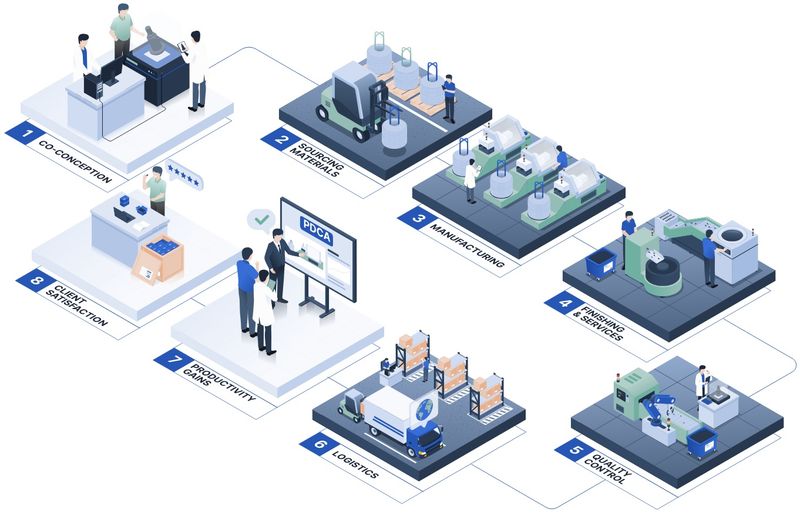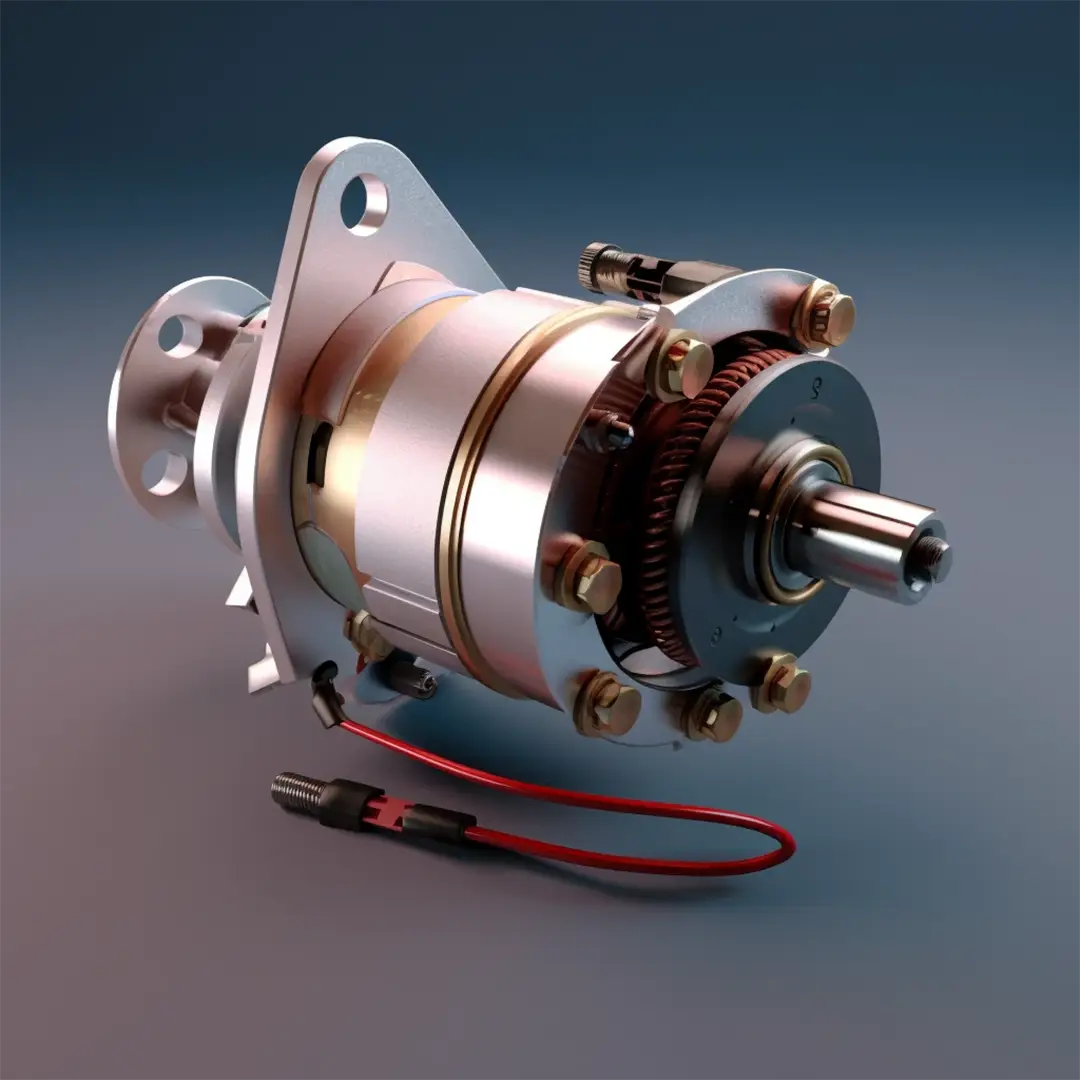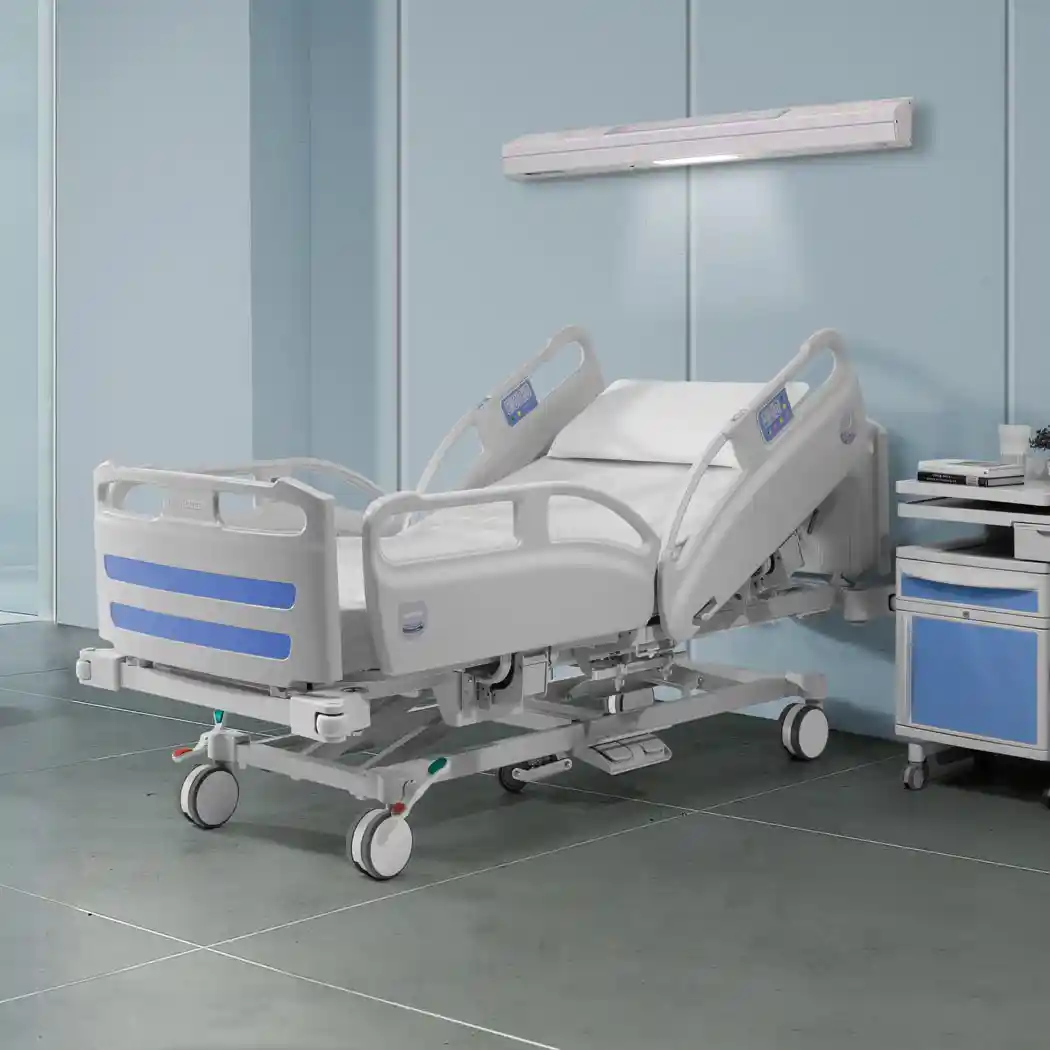Spacers manufactured by LGC Industries!
- Get advice from the spacer / bush experts, with over 100 years of experience
- French manufacturer of spacers, inserts and pins, including ISO 9001 and 14001
- Mechanical spacers and dowel pins made according to your technical specifications
Our team will be happy to help you design a solution involving our manufacturing of mechanical spacers / dowel pins.
Hollow dowel pin manufacturer: our industrial know-how
Hollow dowel pin manufacturer: our industrial know-how






Advantages of manufacturing with LGC Industries

- 45 Escomatic machines
- 42 grooving machines
- 8 plunge & through-feed grinding machines






Find out more about our products' technical features
Discover other products
LGC Industries' mechanical spacers are assembly components used for:
- Creating space or keeping a precise distance between two or more elements
- Positioning or centring two or more elements within a mechanical assembly
- Protecting the fixtures' integrity by limiting the compressive load exerted on the assembly
Spacers, also known as "bushes", "bushings" or "sleeves", are often made of metal or plastic and look like hollow tubes or cylinders. Mechanical spacers are particularly effective in applications where weight needs to be reduced.
A century of expertise as spacer manufacturers
The spacer is an essential component in the world of mechanical assemblies.
Despite their simple shape, designing and producing spacers requires precise industrial know-how in order to meet even the most advanced technical standards.
Behind this simple appearance is a series of complex production steps where LGC's technical expertise is paramount - from choosing the materials to the machining phase, right up to the quality test.
Find out more about spacers to better understand how they can meet your technical needs.
What is the difference between a spacer and a socket?
In common parlance, the terms "spacer" and "dowel (pin)" are often used to refer to the same part, which can be confusing. However, these two mechanical parts manufactured by LGC Industries serve different purposes in technical assemblies, and the use of one or the other depends on certain precise criteria.
Cylindrical spacer
The term "spacer" is used when the part's purpose is to create a space between two elements.
The main application for a spacer is that of a rotation system such as a ball bearing (bicycle hubs, gearboxes, etc.). In this case, the spacer creates space between the two bearings in order to keep them in a fixed position.

Spacers play an essential part in preserving plastic and metal assemblies' integrity by protecting them from compressive stresses.
Their use in overmoulding prevents any undesired deformation, correcting any dimensional variations caused by temperature shock(s).
Cylindrical dowel pin
Unlike spacers, dowel pins are often produced for specific technical applications. When talking about cylindrical dowel pins, the term "smooth dowel (pin)" is not used.
Instead, you will hear terms like "pilot sleeve" (a type of dowel pin with a "centring" function) or perhaps "positioning dowel". These terms highlight this component's crucial role in assembly and alignment operations.
Dowel pins are high-precision mechanical parts that link two (sometimes movable) parts, fastening them in a way that:
- Limits the assembly's weight
- Eliminates friction between parts
Dowel pins can be found in car engines and suspensions. They are used in mechanical assemblies in order to:
- Position or centre two or more elements within an assembly (centring pin)
- Protect the assembly's integrity by limiting the compressive load exerted on the assembly (compression pin)
The dowel pin is much more technical than the mechanical spacer. Where spacers usually have only one function, dowel pins tend to have several more specialised ones.
That's why we prefer to associate X application with X part.
The different types of dowels and spacers
- Compression dowel pin: the mechanical spacer par excellence, this part keeps space between two elements.
- Centring ground dowel pin, used to achieve precise alignment of two holes. It is used to ensure centring and alignment within a mechanical assembly.
- Threaded dowel pin (internal/external thread): also called a threaded insert, this part's internal diameter is suited to fit a screw, with its external diameter allowing for precise adjustment.
Before starting designing your assembly, it is essential to know the difference between spacers and dowel pins - even though these components have certain similarities, their functions and applications are very different. Mechanical spacers, often made of metal or plastic, play a simple but vital role in mechanical assemblies, maintaining a fixed space between several elements thanks to their cylindrical / tube shape.
On the other hand, dowel pins are used for more complex, technical purposes. They are especially known for their ability to limit friction, reduce assembly weight and optimise the use of expensive materials. For example, smooth dowel pins can simplify maintenance, all while reducing install & replacement costs.
This confusion between spacers and dowel pins is not just a mere misnomer, but also illustrates the general lack of knowledge surrounding the versatility and precise functions of dowel pins.
Recognising these distinctions and choosing the best solution to your specific requirements allows you to maximise the efficiency and reliability of your mechanical systems.
Want to find out more about how our spacers are designed?
Take a look at our article on the topic: All you need to know about spacers



















.svg)
.svg)